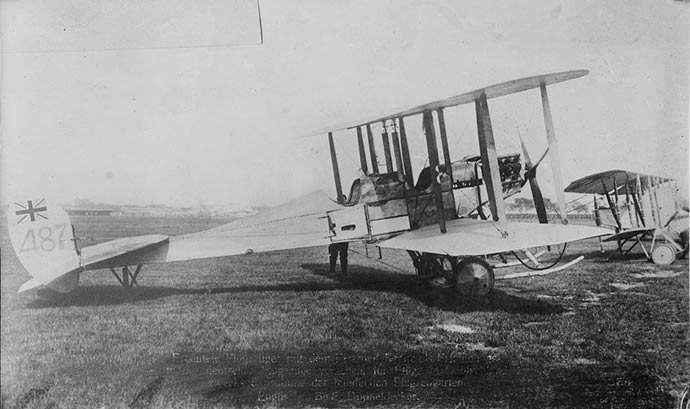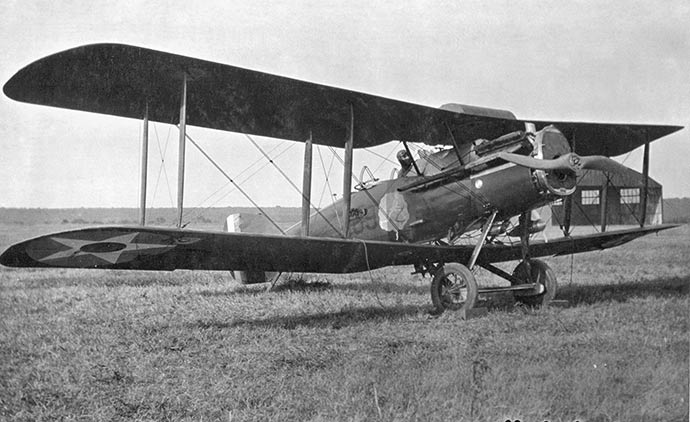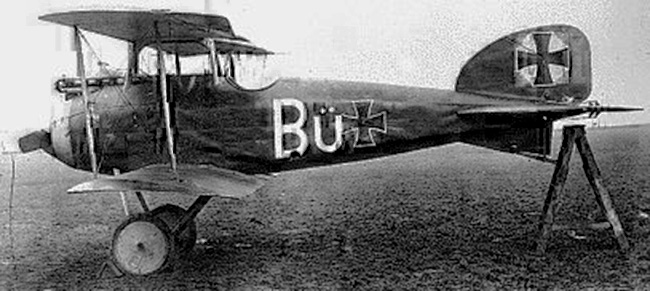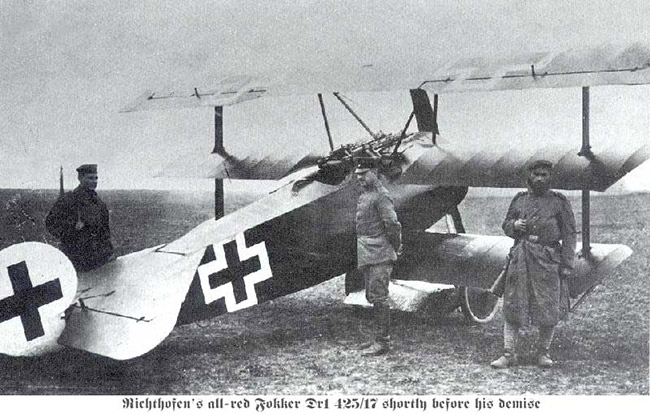CAIRO – 14 February 2022: Although warplanes were a relatively new invention, the race for air supremacy began during World War I.
Aircrafts have been around for a little over a decade with the outbreak of World War I; however, both sides of the conflict soon realized the advantages of creating flying war machines and worked relentlessly throughout the war to develop faster, larger and more lethal fighters and bombers.
The concept of "air superiority" was unheard of before 1914, but victory in the war in the skies became a tactical necessity by the end of the Great War.

"The main military role of aircrafts in World War I was reconnaissance," says John Guttmann, a historian of military aviation who has authored more than a dozen books on World War I aircrafts and combat pilots.

Hot air balloons have been deployed by the military for over a century to get a panoramic view of the battlefield, including in the American Civil War, but fixed-wing aircrafts in World War I were able to fly deep behind enemy lines to track troop movements and map terrain.

"These were two-seater aircrafts with a pilot and an observer in the foreground to operate the periscope and take notes," Guttmann says.

Handwritten drawings and quick notes were not always accurate, but they proved important in some early operations. In 1914, for example, British reconnaissance planes with the Royal Flying Corps alerted British and French commanders to German forces preparing to blockade Paris via Belgium.

The Allied armies were able to outsmart the Germans, resulting in the Battle of the Marne, a decisive early victory.
It wasn't long before cameras were installed on reconnaissance planes, and dozens of aerial photographs were to be developed and combined together to create panoramic maps of the battlefield. Those increasingly sharp and zoomed images gave field commanders unprecedented intelligence to locate artillery and plan troop movements.
At the start of World War I, reconnaissance planes were so novel that enemy pilots waved to each other as they crossed the front lines. But it wasn't long before the strategic importance of spy planes sank, and with it an urge to shoot enemy planes from the sky.
"There was no such thing as a fighter plane until 1915," Guttmann notes. "But after the Battle of the Marne, the military leaders began to take the idea of eliminating the other man seriously."
In early skirmishes, slow-moving reconnaissance planes were taking shots at each other with service pistols and rifles. Ground crews began to install machine guns in front of the position of the observer, but it was difficult to shoot them around the propeller, wings and struts.
An innovative invention was the "cutter gear" or "synchronizer gear", which allowed a front-mounted machine gun to fire a continuous volley of bullets safely through the aircraft's rotating propeller blades. All the pilots had to do was point the nose of the plane at the enemy and shoot.
Comments
Leave a Comment